The 1960s changed the car business. The strange looks, loud engines, and classic style of these famous cars changed how cars were marketed and designed. This era produced many great cars, from American muscle cars to European small tract cars that stupid car fans still enjoy.
Here are nine of the most famous cars of the 1960s,
along with what they had to offer, how much they cost, and how they changed the culture of cars.
#1. 1964 Ford Mustang
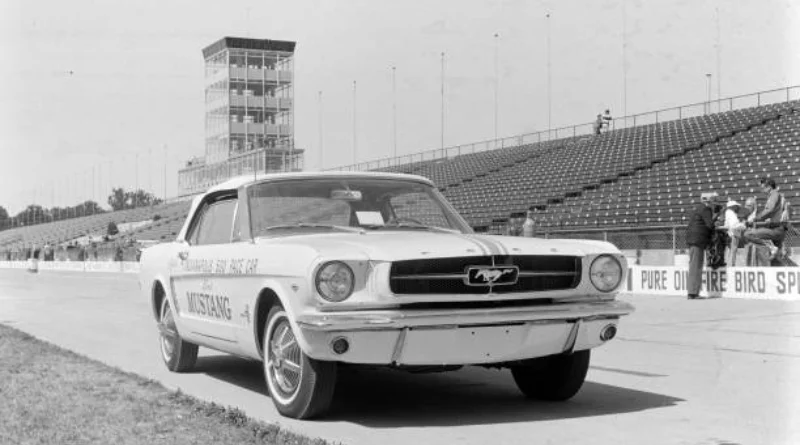
- Engine: 2.8L Inline-6, 4.7L V8 (GT)
- Horsepower: 105–271 hp
- Transmission:3-speed manual, 4-speed manual, 3-speed automatic
- MPG: 15-18 mpg
- Fuel Economy: Moderate for the era
- Price (New): Starting around $2,368
Ford Mustangs are well-known for a reason. With the 1964 Mustang, an American car company ruled the sports car market. The fuel-efficient design, improvements, and options of most Fords released in the last five years make them “gotta have it” cars. When all but one “GT” of Ford’s first Mustang sold out immediately, it became a legend. In the 1960s, Ford used a sales strategy to improve the Mustang’s image as a fast car.
#2. 1961 Jaguar E-Type
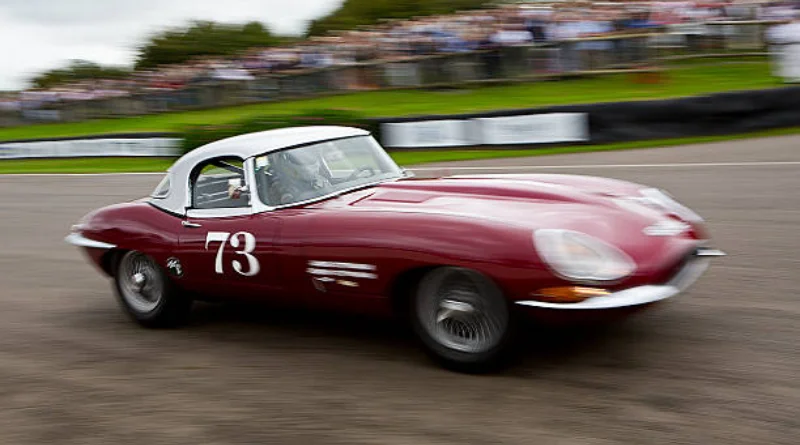
- Engine:3.8L Inline-6
- Horsepower:265 hp
- Transmission:4-speed manual
- MPG:15-17 mpg
- Fuel Economy: Low
- Price (New): Around $5,595
E-types are some of the most beautiful cars ever made—they are quick and well-thought-out. Fans of fast cars were interested in the E-type’s top speed of 150 mph. It had disc brakes, an independent back frame, and well-designed shapes. Because they are so stylish and well-made, E-Types are status symbols in many countries.
#3. 1963 Chevrolet Corvette StingRay
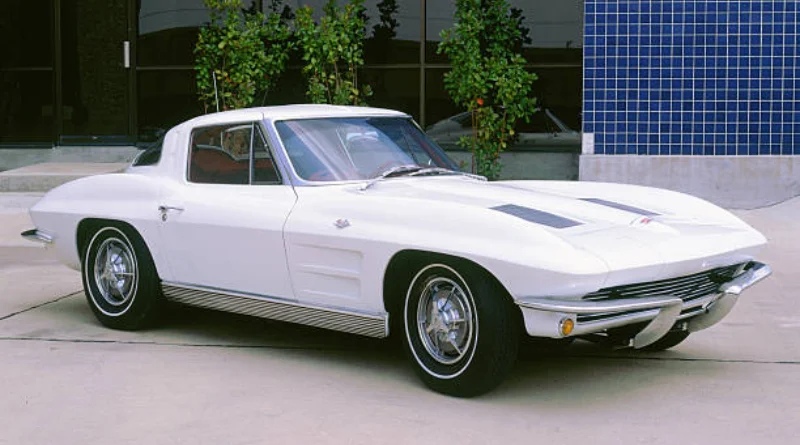
- Engine:5.4L V8
- Horsepower:250-360 hp
- Transmission: 3-speed manual, 4-speed manual, 2-speed automatic
- MPG:13-15 mpg
- Fuel Economy: Low
- Price (New): Starting at $4,252
The best part about the C8 is its bold, aggressive look, especially the centre split rear window, which is easily the signature element of the vehicle. Conceived to be toting impressive V8 engines, lightweight designs, and superior handling, the Sting Ray was pure-blooded American muscle. Its body was also made of fibreglass, making the car lighter and more efficient. New records were established in the design of the Sting Ray, which also represented the performance manifesto of Chevrolet and marked the tremendous American history of the Corvette.
#4. 1967 Chevrolet Camaro
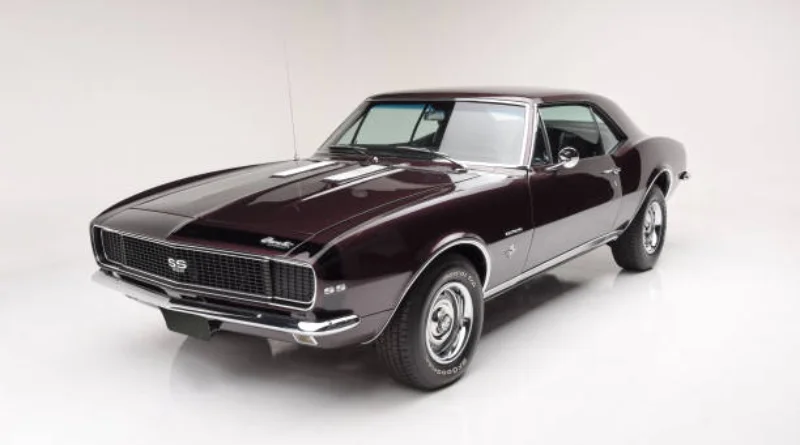
- Engine:3.8L Inline-6, 4.9L V8, 5.4L V8, 6.5L V8
- Horsepower:140-375 hp
- Transmission:3-speed manual, 4-speed manual, 2-speed automatic
- MPG:12-16 mpg
- Fuel Economy: Moderate
- Price (New): Around $2,466
The Camaro is Chevrolet’s response to the Mustang, and it managed to get quite a following within no time. There were different motor options, which meant the Camaro had many buyers ranging from those wanting a cruiser to performance-oriented buyers. Different RS, SS, and Z/28 trim levels added features and performance, making the Chevrolet Camaro a muscle car. Its stylishness, including its potent V8, was sufficient to render the Camaro a serious contender to the Mustang
More Car Things: 92 Ford Ranger Engine Options Which Is the Best Engine?
#5. 1965 Pontiac GTO
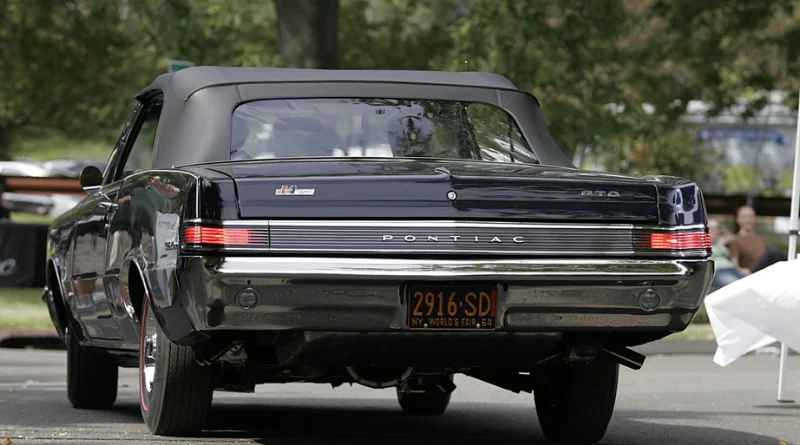
- Engine:6.4L V8
- Horsepower:335-360 hp
- Transmission:3-speed manual, 4-speed manual, 2-speed automatic
- MPG:10-13 mpg
- Fuel Economy: Low
- Price (New): Around $2,800
The muscle car craze began with the Pontiac GTO. It attracted new drivers because of its powerful V8 engine and stylish style. The GTO is a strong show, with stressed body language and unique sound effects. Some joked that it was “The Goat.” It was the first power car, and speed and style were more important than gas mileage.
#6. 1960 Mini Cooper
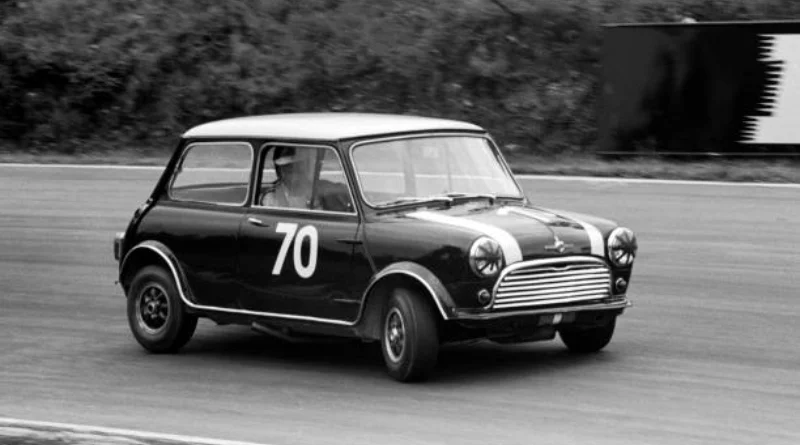
- Engine:848cc Inline-4
- Horsepower:34 hp
- Transmission:4-speed manual
- MPG:40-45 mpg
- Fuel Economy: High
- Price (New): Around $1,340
The Mini Cooper was famous worldwide for being small, fuel-efficient, and easy to drive. Because it was small and had front-wheel drive, the British classic moved quickly through busy London. Small cars got good gas mileage because their frames were light and their engines worked well. The Mini won the Monte Carlo Rally, showing that small cars can fight worldwide.
#7. 1966 VW Beetle
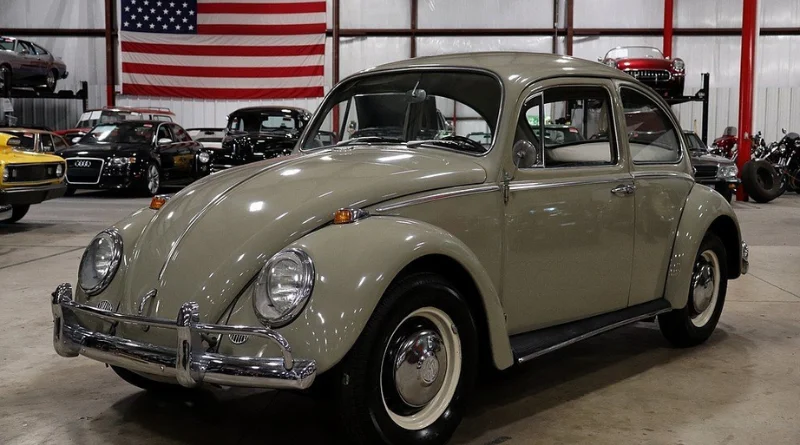
- Engine:1.3L Flat-4
- Horsepower:40 hp
- Transmission:4-speed manual
- MPG:25-30 mpg
- Fuel Economy: High
- Price (New): Around $1,595
Looking back, the history of the Volkswagen Beetle tells us that its first high sales were achieved already in the sixties, and from that point, the model’s popularity increased even more. Thanks to its simple but aesthetic design, high reliability, and excellent resale price, Beetle gained recognition among youngsters and families and was used by university students and raising families. With a strong engine, ease of repair, and good fuel economy, the automobile was cheap and reliable. Because of the car’s unique shape, the Beetle’s shape became one of the most recognized cars in the world.
#8. 1969 Dodge Charger
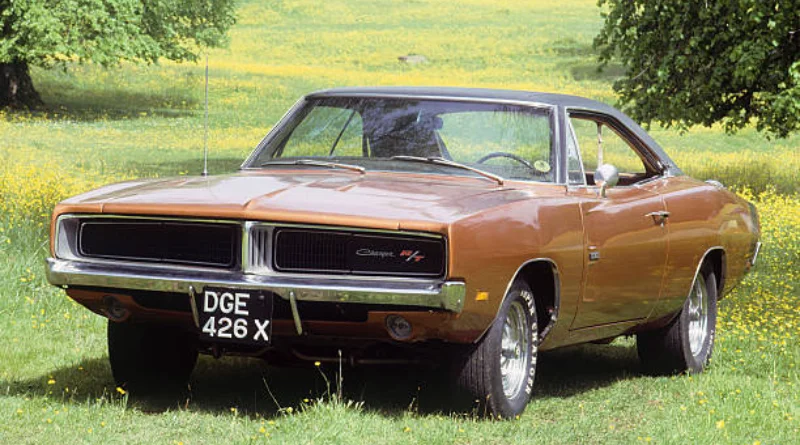
- Engine:5.2L V8, 6.3L V8, 7.0L Hemi V8
- Horsepower:230-425 hp
- Transmission:3-speed manual, 4-speed manual, 3-speed automatic
- MPG:10-12 mpg
- Fuel Economy: Low
- Price (New): Starting around $3,600
The Dodge Charger is an excellent example of American strength with its solid engines and beautiful form. The split nose and hidden lights made it more well-known in movies like Bullitt and The Dukes of Hazzard. The Dodge Charger’s strong 426 Hemi V8 engine automatically drew speed fans. It’s still a strong sports car
#9. 1968 Mercedes-Benz 280 SL
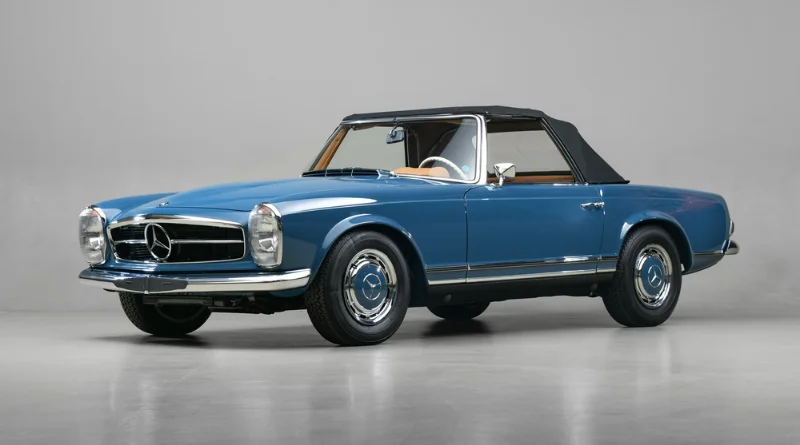
- Engine:2.8L Inline-6
- Horsepower:168 hp
- Transmission:4-speed manual, 4-speed automatic
- MPG:17-19 mpg
- Fuel Economy: Moderate
- Price (New): Around $6,500
With its sloped roof, the 280 SL is known as the “Pagoda.” It’s quick, stylish, and made with cutting-edge technology. Rich people who liked fast, smooth rides liked this hand-built roadster. The craftsmanship, driving, and engineering of the Pagoda make it stand out from American power cars. It is still a standard for high-end sports cars.
Frequently Asked Questions
Q. Why were cars from the 1960s less fuel-efficient?
The highlight of cars manufactured in the 1960s was power and performance, even at the cost of fuel efficiency. Gas was cheap, and there were practically no environmental restrictions, so larger engines were perfectly normal.
Q. Which 1960s car had the best fuel economy?
The Mini Cooper’s most impressive feature is its 40-45 mpg, which is possible due to its small buckle structure and engine.
Q. Why are 1960s cars so collectible today?
These cars symbolize a great age of creativity in car design, engineering, and culture. Their unusual architecture, mechanical simplicity, and value of emotions ensure their great demand among collectors.
Q. How much does it cost to maintain a 1960s car?
However, maintenance expenses are frequently determined by the state of the vehicle and the ease with which elements can be located. While some classic models can afford to be maintained at lower expenses, the cost of maintenance goes up for a few due to a lack of spare parts for such models.
Q. Are there modern cars inspired by 1960s classics?
Certainly, new automobiles such as the Ford Mustang, Chevrolet Camaro, and Dodge Challenger are believed to combine 1960 models with modern technology
Takeaway
Everything that happened in the 1960s in American auto history has had a lasting impact. From the beginning of the American muscle car to the introduction of revolutionary designs in European sports cars, these nine models have stood the test of time and still inspire the car world today. All of them simultaneously are innovative, culturally and socially relevant, and substantial engineering achievements still have a place in the hearts of car lovers around the world’s roads and showrooms.
Sherry Carol is a passionate writer for Trends and Gadget, where she covers the latest in gaming, cars, and lifestyle. With a knack for diving into the heart of each topic, Sherry brings readers up-to-date insights on everything from gaming trends to automotive innovations and lifestyle essentials. Her engaging style and keen eye for detail make her articles both informative and enjoyable, catering to readers who love to stay ahead in these fast-evolving fields.
